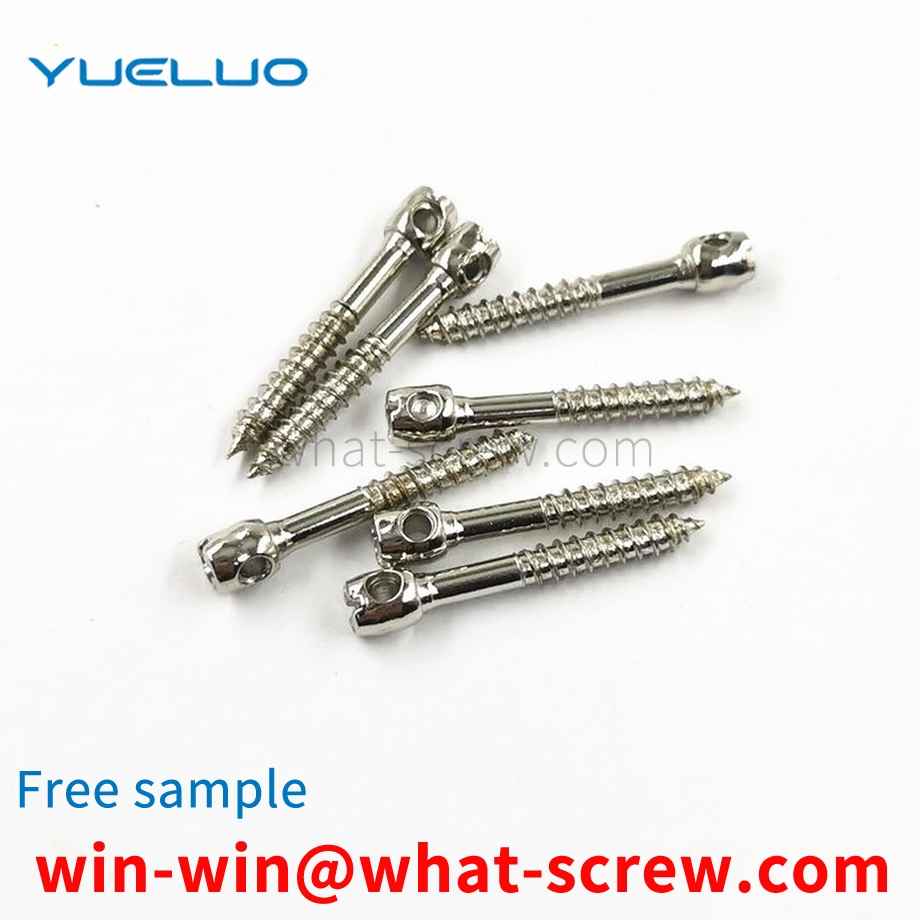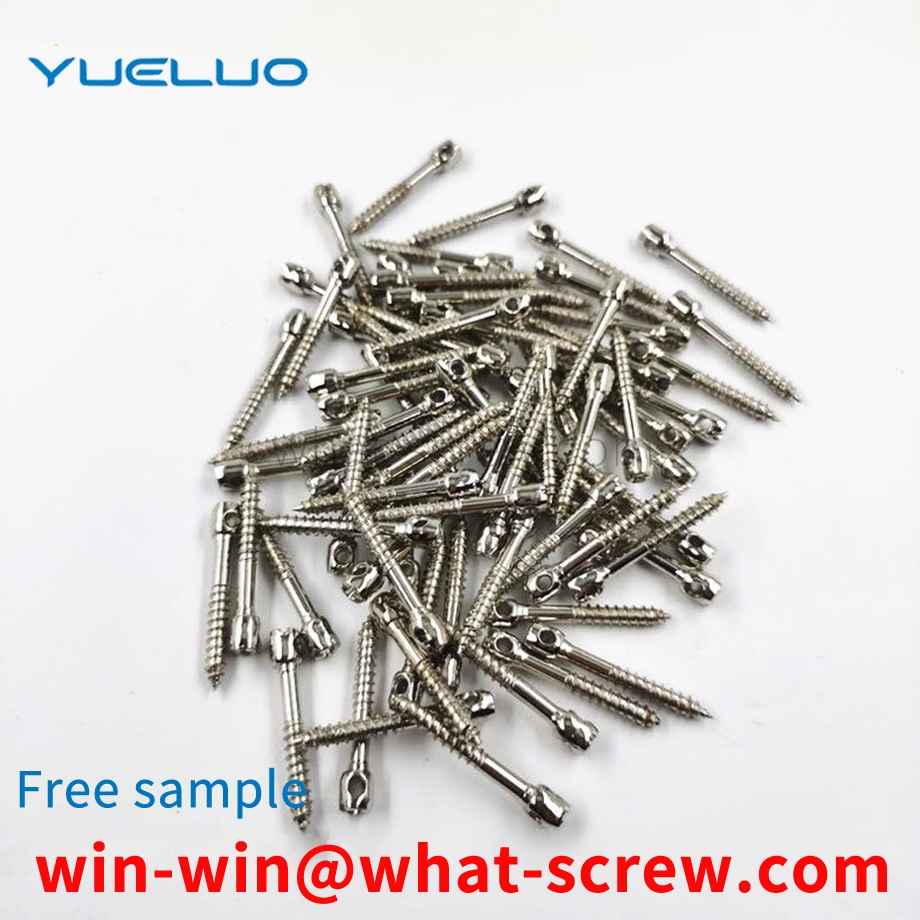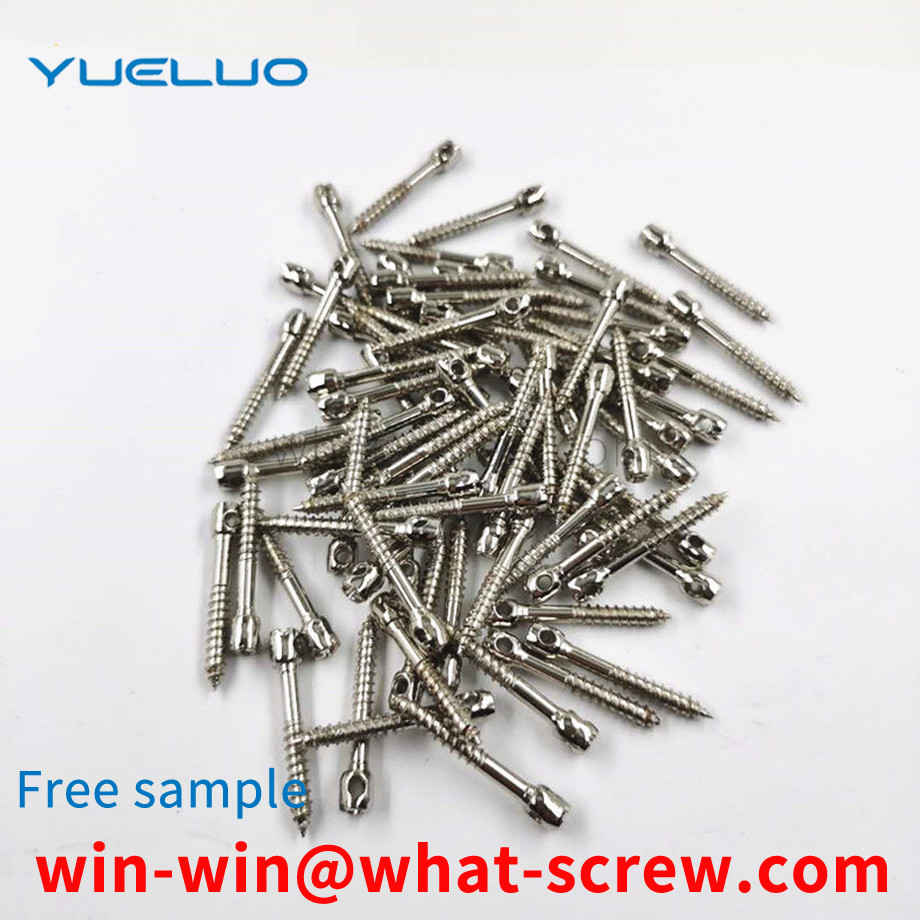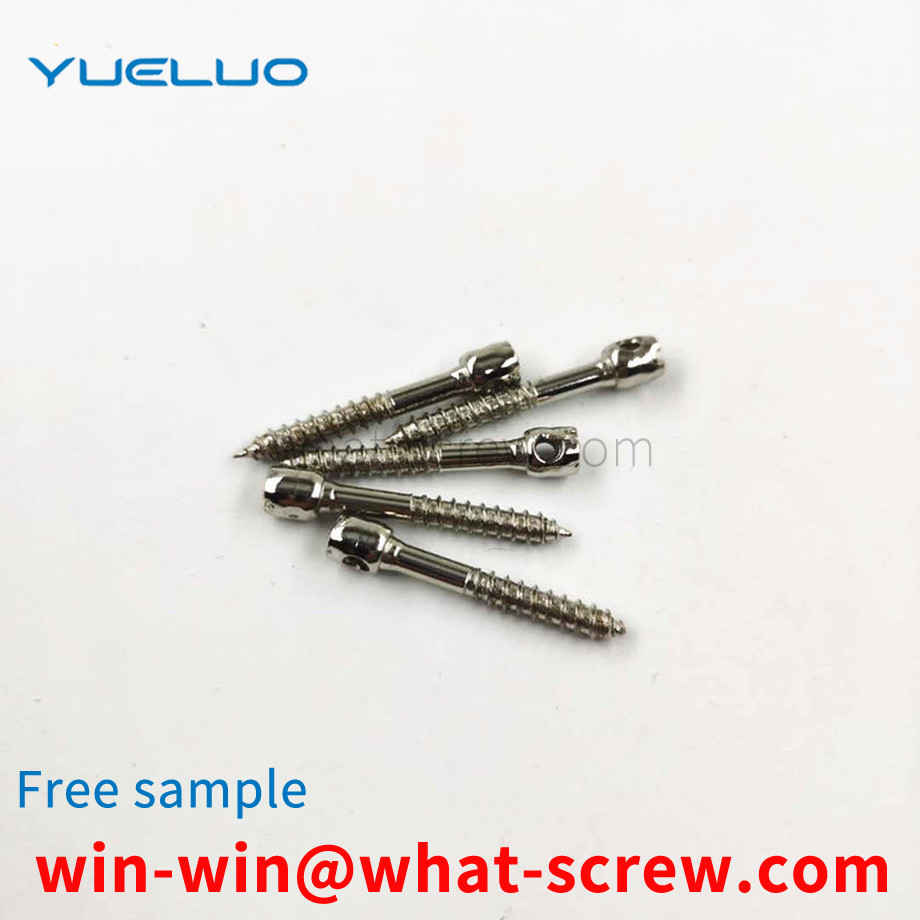What is the tolerance range of precision screws?
What is the tolerance range of precision screws?
Service Hotline
+86760-8787 8587We have more than ten years of production experience in the screw industry, the main products are: single-threaded PC board spacer studs, large flat head screws, lifting rings hardware rigging rings, semi-circular torx bolts, metric thread screws, flat head iron screws, safety bolts, Left-handed left-tooth nut, SAE narrow meson, complete set of screws, PP polypropylene screws, hook and eye screws, non-slip lock nuts, dome head cap nuts, 316 socket head cap bolts and other fasteners, due to product material and specifications Each is different and the price is also different, please contact us if you need it.


Screws are a kind of fasteners commonly used in machinery, but most of the screws commonly used in the market are standard parts. The screws themselves are ordinary and have no function of preventing loosening and protecting the matrix. Therefore, in order to prevent the screws from loosening during use , Usually it is necessary to configure additional elastic washers, flat washers, etc. that are suitable for screws, and these elastic washers and flat washers are mostly metal products. During use, it is easy to wear with the body base and damage the protection of the sheet metal base. After long-term use, metal washers are easy to rust, which affects the tightening effect and appearance of screws. In addition, the use of metal washers not only increases the weight and cost, but also the assembly process is complicated and cumbersome, and the anti-loosening and anti-wear effects are not ideal. .

The quality of electroplating is measured primarily by its corrosion resistance, followed by appearance. Corrosion resistance is to imitate the working environment of the product, set it as the test condition, and perform a corrosion test on it. The quality of electroplating products shall be controlled from the following aspects: 1. Appearance: Partial uncoated, scorched, rough, gray, peeling, crusted, and obvious stripes are not allowed on the surface of the product, and pinholes, pitting, and black plating are not allowed. Slag, loose passivation film, cracks, peeling off and serious passivation marks. 2. Coating thickness: The operating life of fasteners in corrosive atmosphere is proportional to its coating thickness. The general recommended thickness of economical electroplating coating is 0.00015in ~ 0.0005in (4 ~ 12um). Hot-dip galvanizing: the standard average thickness is 54 um (43 um for diameter ≤ 3/8), and the minimum thickness is 43 um (37 um for diameter ≤ 3/8). 3. Coating distribution: With different deposition methods, the aggregation method of the coating on the surface of the fastener is also different. During electroplating, the coating metal is not uniformly deposited on the peripheral edge, and a thicker coating is obtained at the corners. In the threaded portion of the fastener, the thickest coating is located on the thread crest, gradually thinning along the flank of the thread, and the thinnest deposit is at the bottom of the thread, while hot dip galvanizing is just the opposite, the thicker coating is deposited on the inside corners and On the bottom of the thread, mechanical plating tends to deposit the same metal as hot-dip plating, but is smoother and has a much more uniform thickness over the entire surface [3]. 4. Hydrogen embrittlement: During the processing and processing of fasteners, especially in the pickling and alkali washing before plating and the subsequent electroplating process, the surface absorbs hydrogen atoms, and the deposited metal coating then traps hydrogen. When the fastener is tightened, the hydrogen is transferred towards the most stressed parts, causing the pressure to build up beyond the strength of the base metal and producing microscopic surface cracks. Hydrogen is particularly active and quickly seeps into the newly formed fissures. This pressure-rupture-penetration cycle continues until the fastener breaks. Usually occurs within a few hours after the first stress application. To eliminate the threat of hydrogen embrittlement, fasteners are heated and baked as soon as possible after plating to allow hydrogen to seep out of the plating, typically at 375-4000F (176-190C) for 3-24 hours. Since mechanical galvanizing is non-electrolyte, this virtually eliminates the threat of hydrogen embrittlement, which exists in galvanizing using electrochemical methods. In addition, due to engineering standards, it is forbidden to hot-dip galvanize fasteners with hardness higher than HRC35 (Imperial Gr8, metric 10.9 and above). Therefore, hydrogen embrittlement rarely occurs in hot-dip plated fasteners. 5. Adhesion: Cut or pry off with a solid tip and considerable pressure. If, in front of the blade tip, the coating peels off in flakes or skins, exposing the base metal, the adhesion shall be considered insufficient.


In view of the above situation, the technical problem to be solved by Guangdong Yueluo Hardware Industry Co., Ltd. is to provide a self-expanding semi-solid installation rivet, the purpose is to solve the existing connection between plastic shells, lightweight plates, insulating materials, circuit boards, or any other In the case of thin, light-weight materials, the grip and bonding force of the rivet itself on the mounting surface is weaker than that of the rivets that are screwed and installed by manual operation. The rivet structure needs to be improved and strengthened when the material is installed.

Guangdong Yueluo Hardware Industry Co., Ltd. was founded in 1998, and the factory was established in Feilong Industrial Zone, Xiaolan Town, Zhongshan City, Guangdong Province, with an investment of 10 million yuan. The main production is a variety of national standard, non-standard, British, American, metric screws. Mainly include: special screws for the electronics industry (machine screws, self-tapping screws, special screws): nuts (general nuts, flange nuts, external teeth nuts): Washers (external teeth, internal teeth, flat springs) Gaskets, etc.); lathes (precision automatic lathe parts, connecting parts, embedded parts, fasteners, decorative parts, etc.).

The above content is uploaded by Yueluo or the Internet. If there is any copyright issue, please contact [email protected].

What is the tolerance range of precision screws?

How to choose the right stainless steel screw manufacturer?

Why is there an R angle under the head of the hexagon head s...

We have more than ten years of production experience in the ...

We have more than ten years of production experience in the ...

We have more than ten years of experience in screw industry ...

We have more than ten years of experience in screw industry ...